RBNZ Governor Adrian Orr said in a article said the central bank recognized the “threat of COVID-19 to our collective well-being “. It will “keep monetary support going for as long as necessary through QE and other tools.”
He also noted that there are “some very hard yards ahead” while “some businesses will fail, unemployment will rise”. But “many firms will make it through this period through working with their bankers and their own team, and understanding and utilising the Government’s significant and expanding support packages”
He urged New Zealanders to “support each other, think beyond just the next six months or more, and visualise the role you can and will play in the vibrant, refreshed, sustainable, inclusive New Zealand economy.




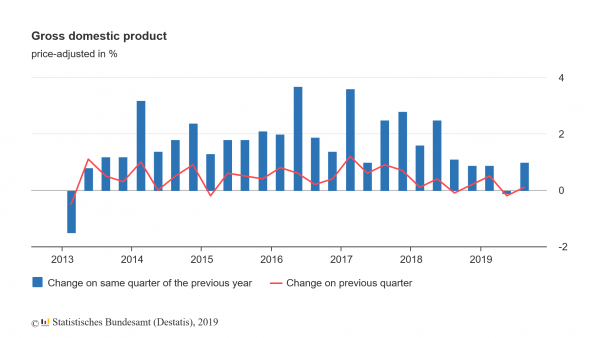
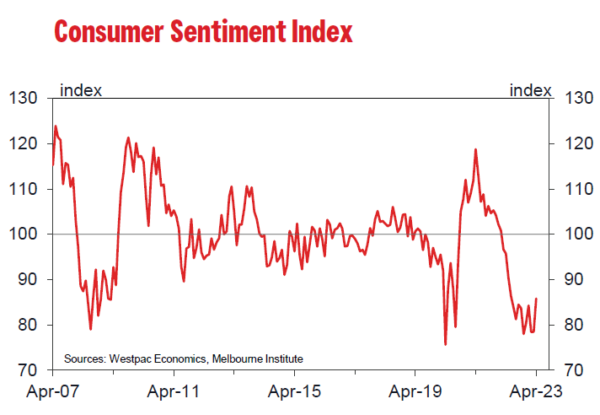

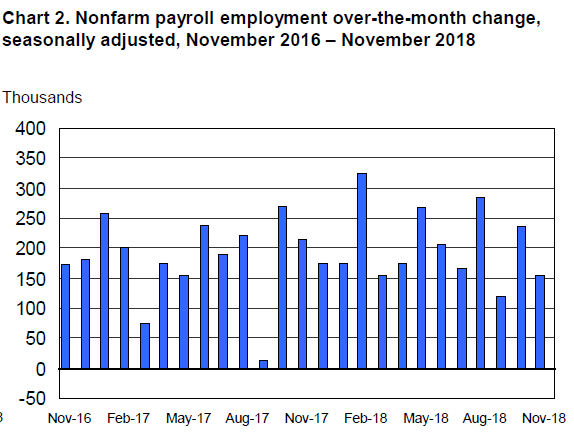
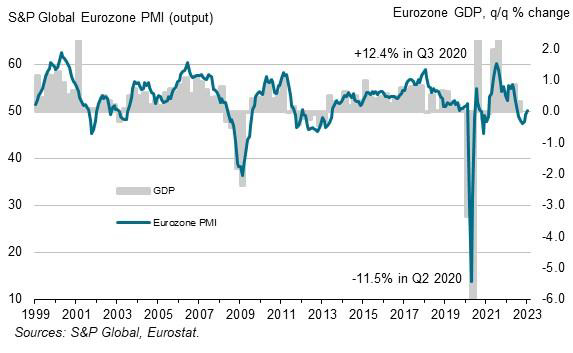
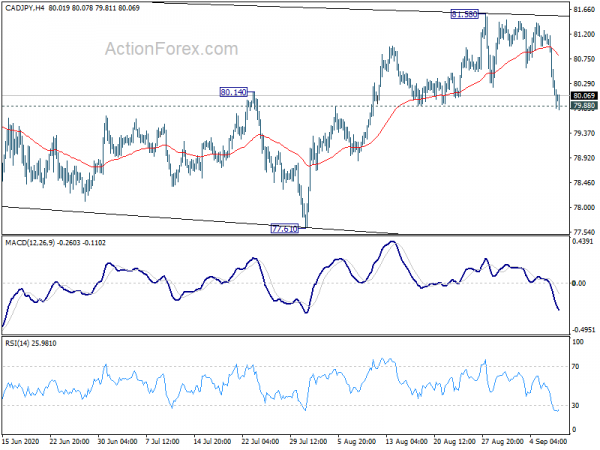
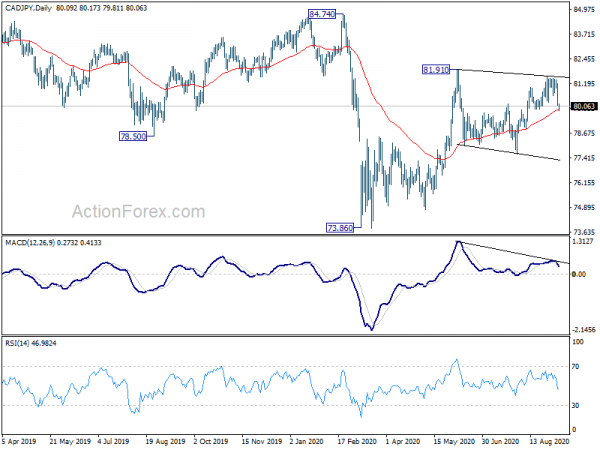
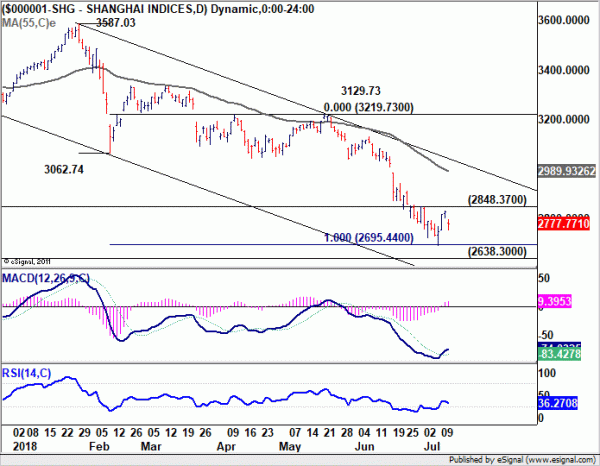
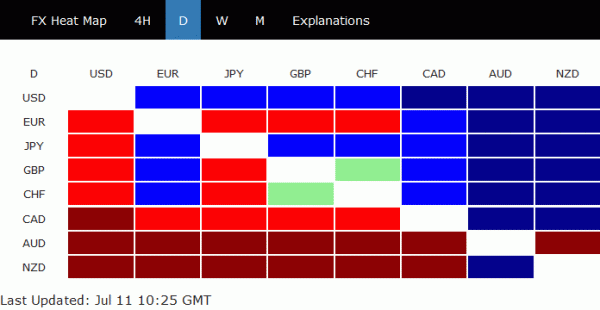
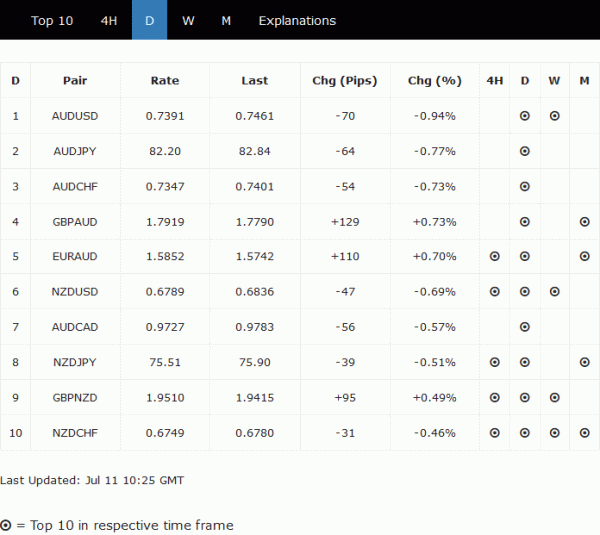
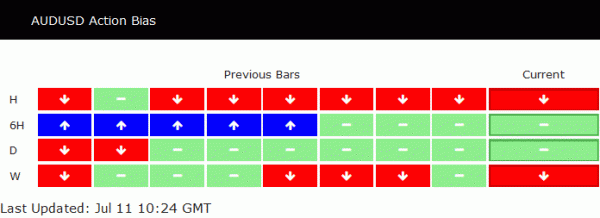
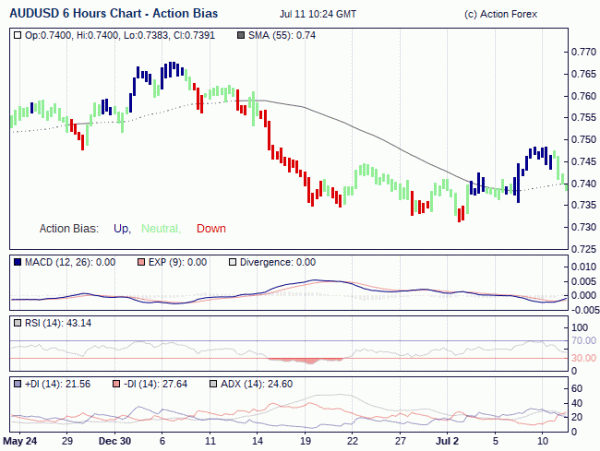
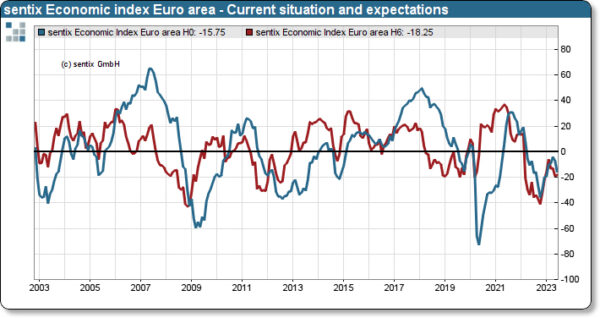
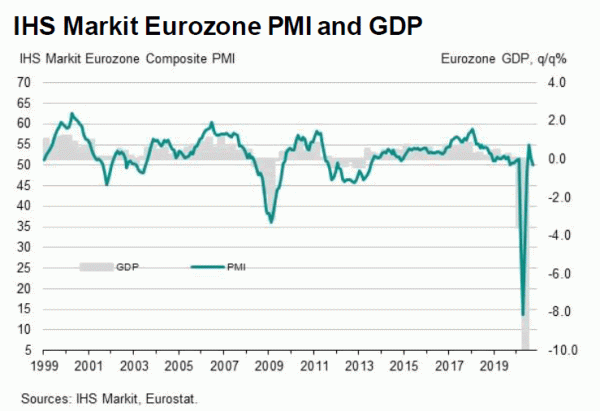
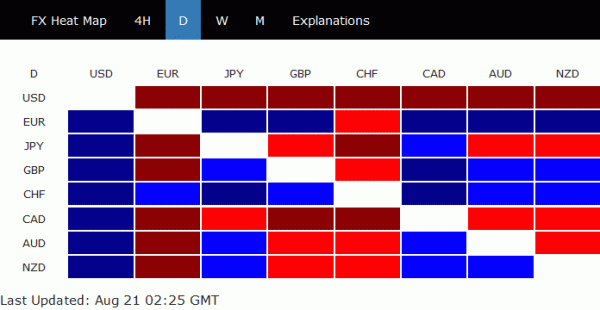
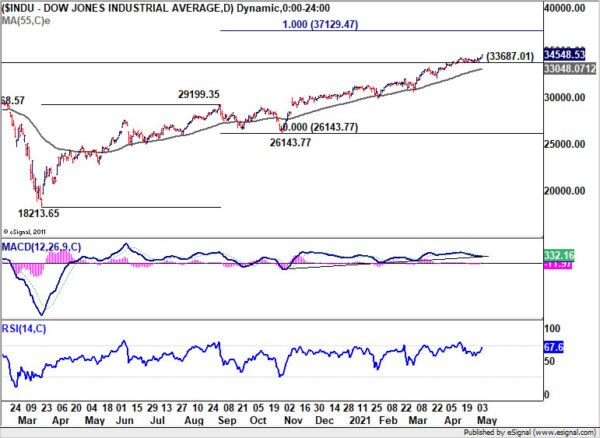
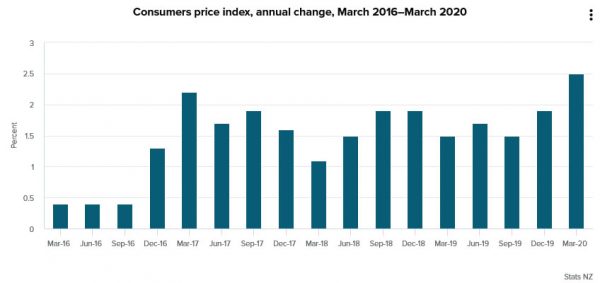
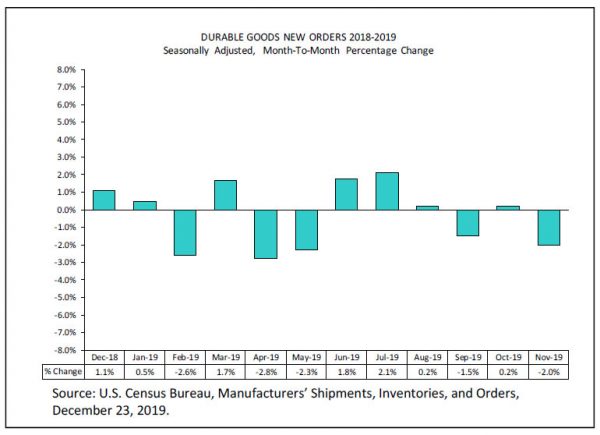

Italy to cut debt to 129.2% of GDP in 2019 to address EU concern
According to the new draft budget plan (DBP) submitted by Italy to the European commission, growth forecasts are held unchanged at 1.5% in 2019, 1.6% in 2020 and 1.4% in 2021. These are widely seen as overly optimistic as European Commission forecasts only 1.2% growth in 2019. The IMF projects only 1.0% growth in Italy in the same year. The budget deficit target was also held at 2.4% of GDP in 2019. Among that, Italy planned to raise its structural deficit by 0.8% of GDP. This is clearly a violation of EU’s demand to cut by -0.6%.
However, the new draft showed fall debt as Italy planned to use funds equal to 1% of GDP from privatization. This is seen as an act to address EU’s major concern on ballooning debt. Public debt is now estimated to fall to 129.2% of GDP in 2019, then further to 127.3% in 2020, and then 126.0% in 2021. Italy’s debt stands at 130.9% this year.
The new DBP now risk triggering the Commission’s penalty process. But Italian Deputy Prime Minister Matteo Salvini warned that “they’ve got it wrong if they are even just thinking of imposing fines on the Italian people.” Economy Minister Giovanni Tria also insisted that fiscal expansion is necessary for the country.